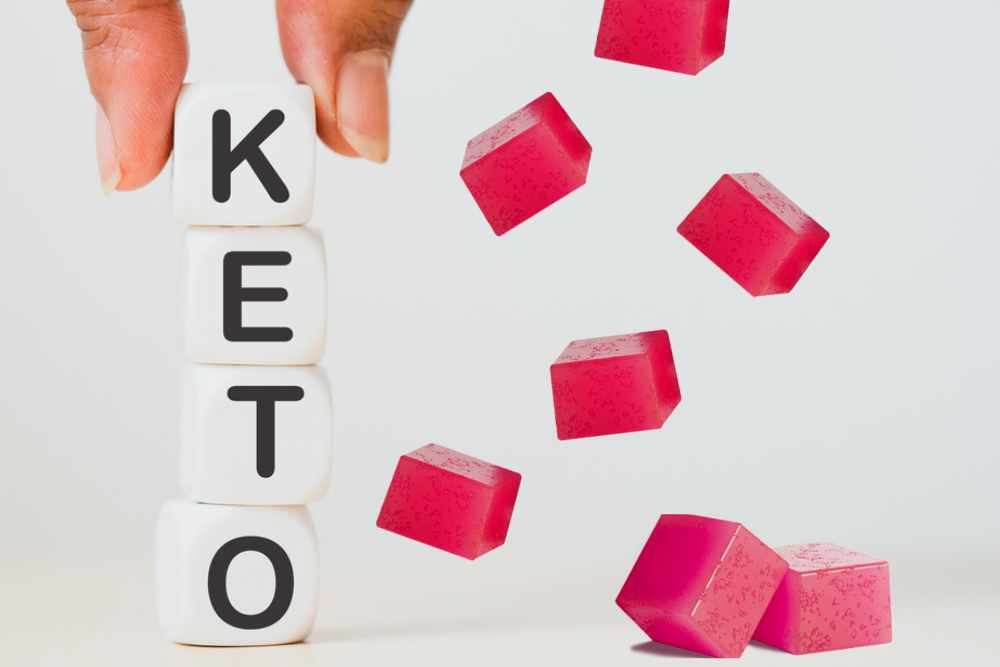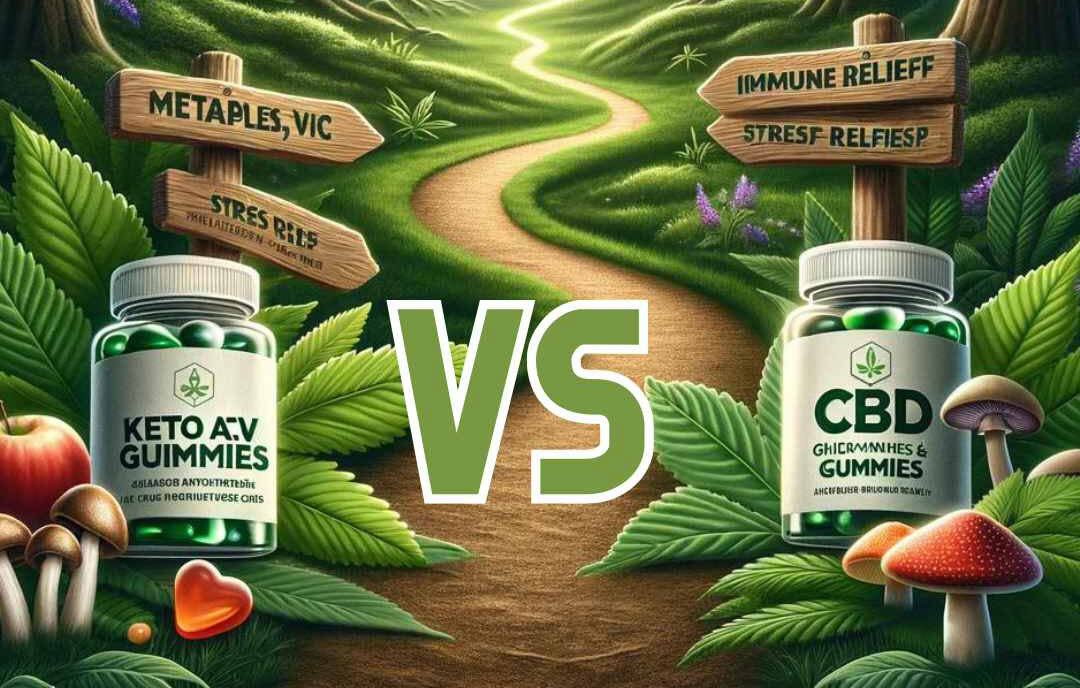* DISCLAIMER: The information in this article is for educational purposes only. It does not exploit or provide medical advice of any kind. Therefore, any reliance you place on the information below is strictly at your own risk. Please check with your medical provider before starting or changing a CBD routine.
It has become very difficult to ignore the medicinal properties that Cannabidiol (CBD) oil and topicals has to offer. It has become very evident through preliminary trials, case studies and testimonials that the therapeutic benefits of CBD are no joke!
While clinical trials continue to be a bit of an obstacle here on US soil, they're still being done, and the results are extremely promising. In particular, CBD has been shown time and time again to be highly effective in treating pain, and more people are using CBD products to alleviate their pain caused by any number of underlying issues.
CBD can be consumed in any number of formats from CBD tinctures, oils, capsules, and edibles to CBD topical creams, vapes, and even CBD water. But which format is more effective at treating pain? More specifically, is CBD oil or cream better for pain alleviation?
How Does CBD Work to Reduce Pain?
CBD - or cannabidiol - is found in great abundance in the cannabis varieties. Both CBD and THC - another cannabinoid found in high levels in the cannabis plant - have miraculous effects on the body that rival even the most powerful and well-recognized pharmaceuticals.
But while THC induces feelings of euphoria and alters the mind, CBD does not possess such psychoactive properties. Both of these cannabinoids take effect in the body by interacting with the endocannabinoid system (ECS), which is made up of cannabinoid receptors and their associated metabolic enzymes.
The ECS plays an integral role in maintaining homeostasis in the body. When certain processes are out of balance, a disease can ensue. That's precisely why pain is experienced. But by putting the body back into balance, symptoms such as pain can be effectively alleviated.
Cannabinoid receptors of the ECS are found all throughout the body on the surface of cells, while endocannabinoids interact with and activate these receptors. CBD can mimic the activity of these endocannabinoids that are naturally produced in the body to induce similar effects, such as pain alleviation.
The receptors of the ECS essentially sit on the surface of cells and are in tune with conditions occurring outside of the cell. They can transmit information about any changes in conditions to the inside of the cell, which initiates a cellular response to deal with these stressors.
When THC is consumed, it binds to CB1 receptors in the brain, which is what causes users to get high, while still providing certain health benefits. But CBD does not directly bind to these receptors and instead indirectly interacts with the CB2 receptors that are found mainly in the immune system, though they (along with CB1 receptors) are also found throughout the body.
The ECS is directly responsible for regulating specific responses in the body, including pain control, among many others. When CBD is consumed, it takes on the role of endocannabinoids to reduce pain resulting from an imbalance in the body.
The body is encouraged to use both CBD and its naturally-occurring endocannabinoids more efficiently to regulate pain. That's why so many people have already been able to effectively treat their pain without the need for potentially-addictive NSAIDs and opioids.
CBD has the amazing capability of alleviating various levels and types of pain, including arthritis and joint pain, inflammation, muscle spasms, muscle soreness, cramps, tendonitis, and even headaches.
The question is, what's better for pain: CBD oil or topical creams?
What is CBD Oil?
As already mentioned, CBD products come in a variety of formats, including CBD oil. This specific product varies in potency, though it is said that oil formats tend to be more potent than most types of CBD products.
CBD oil can be extracted from both the hemp or marijuana plant, though the latter will typically come with a level of THC that will likely produce some sort of mind-altering effect. Further, marijuana-derived CBD with THC levels over 0.3% is considered illegal on a federal level as well as in many states where marijuana has yet to be legalized.
There are a few different ways to extract CBD oil, though the CO2 extraction method tends to result in the purest CBD oil. This extraction method involves the use of carbon dioxide in an environment of very cold temperatures and high pressure. Such an extraction method not only result in a pure form of CBD oil, but it also tends to come with far fewer solvents and residue that may be left behind with other methods of extraction.
CBD oil is usually taken orally under the tongue using a dropper, after which it is absorbed through the mucous membranes and directly enters the bloodstream without having to go through the digestive system.
What is CBD Cream For Pain?
A few different topical formats can be made with CBD, including creams. These are produced with the extracted oils from the hemp or cannabis plant that is then infused into a topical base. Like CBD oil formats, the CBD from creams interacts with the CB2 receptors of the ECS to provide pain-relieving effects.
CBD creams differ somewhat from ointments and salves in terms of their consistency, texture, and sometimes even their potency. For instance, ointments tend to be thicker in consistency and may even be considered to be more potent in terms of CBD content. Creams, on the other hand, have a looser consistency and are usually water-based.
Rather than being consumed orally like CBD oil, creams are applied directly to the site of pain. The cream is rubbed onto the skin, after which the CBD infused in the product is absorbed into the skin to take effect.
Best Way to Use CBD Oil Cream For Back Pain And Other Types of Pain
There are many forms of oils, salves and lotions emerging onto the market place as the CBD industry continues to thrive. Oils, Salves and Lotions could all potentially contain the same kind of hemp derived CBD, but the consistency and the carriers could all impact the effectiveness of transdermal cannabidiol application.
CBD Topical Lotions
Lotions can be a great way to alleviate dry skin and utilized for massages with a CBD application. However, lotions can often leave your skin feeling slick and oily and will could rub off on a shirt or article of clothing if applied immediately before. This would potentially be an issue when you consider the added cost of CBD and how much of it is being wasted do to the adhesiveness of the product.
CBD Topical Salves
CBD pain stick salves are an excellent way to apply CBD for injury and recovery purposes. The base will usually consist of bees wax that can stay in place and allow for maximum absorption through the skin and is typically applied like a deodorant stick. The only downfall for this sort of application is knowing how much CBD is actually delivered per swipe. It is nearly impossible to know exactly how much or if it would even be feasible to measure.
How Much Oil And Cream Should You Take Or Apply For Back Pain?
This is another question that comes up very often within the industry. To date there has not been a toxicology report that has established a dangerous threshold within the body for CBD consumption. This is even more so when it comes to topical application. It seems as if it would be pretty difficult to apply enough topical CBD to your skin and promote any adverse effects.
How to Use Topical CBD Cream For Arthritis and Rheumatoid Arthritis Pain
Research has explained that CBD plays a role in the modulation of cytokine release, a primary step in the inflammatory-immune response to injury and illness. Studies have suggested that administration of CBD blocked osteoarthritic pain and significantly reduced joint inflammation. CBD treatment seems to impede the later development of pain and nerve damage in the osteoarthritic joints.
This can be a very simple, yet effective way to alleviate pain naturally through a simple CBD roller stick that can both moisturize the skin and reduce pain/swelling.
How much should you take for Arthritis Relief
Arthritis pain is extremely subjective, which makes it very difficult to know the level of application to achieve desired results. With a topical stick people tend to be less skeptical to really explore how much they can apply to achieve the desired results. The amount of application will almost always vary person-to-person. However, CBD topical are often formulated with good lotions and salves that can actually be good for your skin… So with that said, apply generously until desired results are achieved.
Knee Arthritis
Knee arthritis can be painful and debilitating. Chronic inflammation causes a break down of the bone lining within the joint capsule, causing bone on bone contact, which ultimately exacerbates the disease process and creates a feedback loop that continues to signal inflammation.
CBD Oil Vs CBD Topical Cream For Arthritis, What is more effective?
Historically Cannabis has been used in oil form, but as technology has evolved formulations have been created utilizing not only cannabis derived CBD, but other terpenes and natural essential oils that have a positive impact on the skin along with the CBD application to help improve arthritis pain. Today, creams seem to be making a huge push to be an arthritis specific application, along with other acute aches and pains.
Benefits of Cannabidiol CBD Hemp Oil For Inflammation
One of the most interesting physiological applications of CBD is found in the immune system. Cannabinoid receptors are extremely abundant throughout the immune system and are said to play a role in modulating cytokine release, a unique cell that is in part responsible for the inflammatory process.
How Much Oil to Use For Inflammation
When applying CBD oil on the skin, you must understand the skin is composed of multiple layers and often times make take a few days to allow the CBD to cross the transdermal layers. With that said, apply generously until relief is achieved.
Best Type of Hemp CBD Oil to Reduce Inflammation For The Body and Skin
Full-spectrum and phytocannabinoid rich. This means that the Oil you consume will not be composed of only CBD. It will in fact it will also contain other natural cannabinoids and terpenes that are said to facilitate with the therapeutic properties of Cannabidiol.
Which Application is Best For Pain: CBD Oil or Topical Cream?
Both CBD oil and cream work quite well for pain relief. Creams can be applied directly to the area where the pain is felt for more targeted pain relief. However, it may take a while longer for the effects to be experienced as the CBD is absorbed into the skin.
CBD oil, on the other hand, may provide slightly faster effects because of its ability to bypass the digestive system and go straight to the cells of the body to take effect. In the meantime, CBD oil may also alleviate any other symptoms that the user may be experiencing, including anxiety, sleep disorders, or poor appetite.
That said, there are proponents for both types of CBD formats who claim that either product is highly effective at alleviating pain. And when taken together, both CBD oil and cream can have a synergistic effect on the body. Now these are not the only two ways to get CBD in your body. There are also CBD pills and CBD powders as well!
Final Thoughts
Both CBD oil and cream have shown to have powerful effects on alleviating pain. They each have their own unique benefits and can both be used to relieve pain, regardless of what the source of the pain may be. Ultimately, the choice between which format to use will depend on the users' specific preferences, as they are both highly effective in reducing pain and many other discomforts.
Kai Pattison, M.S
Nanocraft Sciences
Athlete Relations x Physiologist
Kai Pattison was born and raised on the North Shore of Oahu, Hawaii. Kai graduated with a Master’s degree in clinical physiology from Point Loma Nazarene University. He is very passionate about human physiology and the applications in sport performance, recovery and clinical diagnostics. Kai has specialized in cardiopulmonary diagnostics, exercise induced energy expenditure and metabolism. Kai has also gained extensive research experience at UCSD on Parkinson’s disease. He enjoys educating and informing people on the importance of exercise to reduce risk of multiple inflammatory diseases, such as diabetes and heart disease. His passion for alternative medicine enables him to strive when promoting health and wellness.
- #cbd
Tagged under














9 comments
CAN CBD OIL HELP WITH SEVERE SHINGLES PAIN
Can the Hemp Cream have the same adverse interaction with anti-epileptics as the oral form can? I was placed on Lyrica, used off-label, for post herpetic neuropathy, which is why I didn’t order the oral form. I thought I was safer using the cream, until I read about the interaction.
Where can I purchase the CBD cream
CHRONIC PAIN SUFFERER